If you’re in the market for some new furniture, you may have come across the term “patina leather.” What does this mean, and is it worth investing in? In this comprehensive guide, we’ll answer all of your questions about patina leather so that you can make an informed decision. We’ll discuss what patina leather is, how it’s made, and the benefits of choosing this type of furniture. Plus, we’ll give you some tips on how to care for your new piece!
What is a Patina?
A patina is a thin layer of sheen that forms on the surface of leather over time. It is usually caused by exposure to sunlight, water, and body oils. The result is a beautiful, unique finish that adds character and depth to the leather. Patina leather is highly sought after for its rich appearance and ability to age gracefully. Many people believe that it only gets better with time.
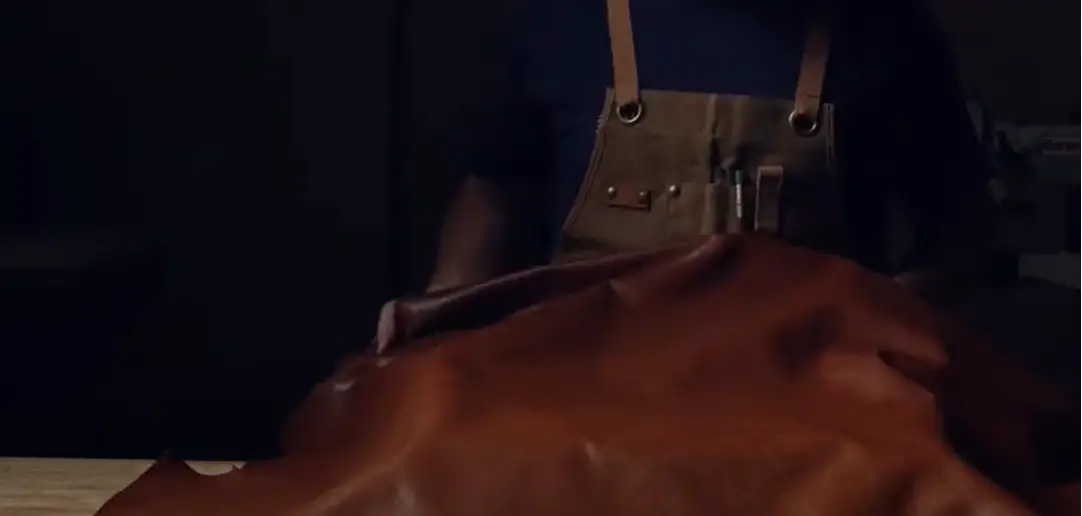
Unfortunately, not all patinas are created equal. Some can be quite delicate and difficult to care for, while others are practically indestructible. [1], [2]
Main Qualities of Patina Leather
Still, what makes patina leather so great and so sought after? Here are some of its main qualities.
Character and history
Patina leather is unique. No two pieces of patina leather will look exactly the same, as the aging process will create different patterns and colors on each hide. This means that every piece of patina leather furniture or accessories is truly one-of-a-kind. By looking at a piece of patina leather, you can imagine all the adventures it has been through and the stories it could tell.
Appearance
Patina leather is beautiful. There’s no denying that patina leather has a certain rustic charm about it. When you first see patina leather, you may think it looks old and worn, but this is precisely what makes it so attractive! The signs of aging only add to the allure of patina leather. The leather looks marble-like, richer, more luxurious, and more sophisticated than regular leather. The unique markings and colors that develop over time give patina leather an added dimension of depth and visual interest.
Quality
Only the highest-quality hides are used to make patina leather. The hides must be free of any blemishes or imperfections and have a consistent thickness throughout. Once the hide is tanned, it undergoes a special aging process that gives it its distinctive appearance. This process is what makes patina leather so durable and long-lasting. This also indicates that the patina leather is very durable. With proper care, it can last for generations. Patina leather only gets better with age, as the natural aging process creates a protective layer that helps to safeguard the leather against spills and stains. [1], [2], [3]
Do All Leather Types Form Patina?
No, not all leather types form patina. In fact, most synthetic leathers will never develop a patina at all. This is one of the many reasons why natural leather is so prized by collectors and connoisseurs.
Only the highest quality type of natural leather is capable of developing a patina. The four most common are full-grain, top-grain, genuine leather and corrected grain.
Full-grain leather is the highest quality type of leather. It is made from the top layer of the hide and has not been sanded, buffed, or corrected in any way. This means that it retains all of the natural grain patterns and markings.
Full-grain leather is highly prized for its durability and ability to develop a beautiful patina over time. It is often used in high-end products like furniture, handbags, and shoes.
Top-grain leather is the second-highest quality type of leather. It is made from the top layer of the hide but has been sanded and buffed to remove any imperfections. Top-grain leather is more uniform in appearance than full-grain leather and does not develop a patina as easily. However, it is still quite durable and makes for beautiful products.
Certain tanning methods can also affect a leader’s ability to develop a patina. Vegetable-tanned leather, for example, is made from purely natural materials and is known for its ability to develop a deep, rich patina.
On the other hand, chrome-tanned leather is made with synthetic materials and will never develop a patina. This type of leather is often used in cheaper products like purses, belts, and wallets.
Finally, it’s worth noting that some manufacturers add artificial patina to their products. This means that the leather has been artificially distressed or colored to give it the appearance of age.
Artificial Patinas can be quite convincing but they lack the depth and character of a true patina. [1], [2], [3]
What Factors Influence Patina Development
Now that we’ve answered the question, “what is patina leather?” It’s time to take a closer look at how this unique type of leather is made. Patina is the result of a surface reaction between the leather and its environment. Let’s discuss the main factors that have the biggest impact on patina leather development.
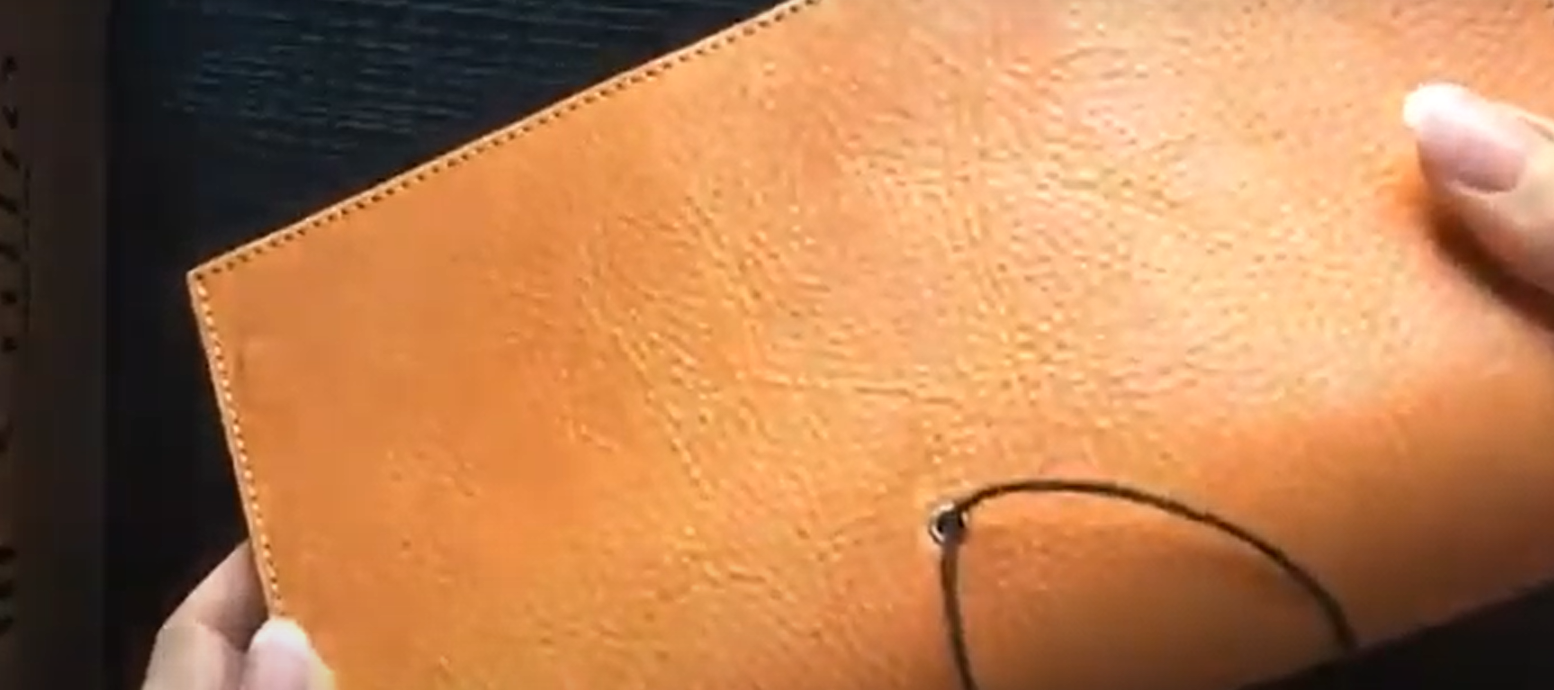
UV rays
Sunlight will cause patina to develop more quickly. UV rays break down the fibers in the leather, highlighting golden tones of the leather. In addition, it will speed up the aging process which also contributes to the development of the patina.
Oils and dirt
Body oil and dirt are the first things that come to mind when thinking about what causes patina. Over time, these elements will cause the leather to darken and develop a unique sheen. Dirt and oil can also contribute to the formation of wrinkles and creases in the leather. This is because they prevent the leather from being able to “breathe” properly, which can lead to premature drying out and cracking.
Natural wear and tear
One of the most important factors that influence patina development is wear and tear. So if you want your leather goods to age gracefully, it’s best to use them often!
Wear and tear also includes the type of activities you do with your leather goods. For example, if you regularly take your patina leather wallet out for a night on the town, it will develop a different patina than if you only used it for more casual occasions.
Heat exposure
Leather is a natural material and it will respond to changes in temperature. This could be from direct sunlight, radiators, or even just leaving your leather goods in a hot car. The heat causes the oils in the leather to evaporate, which speeds up the aging process. When exposed to heat, the fibers in the leather will expand and cause the patina to lighten.
Humidity
Similarly, humidity can also have an impact on patina formation. Moisture and water drops can cause darker spots and patches to form on the surface of the leather. Some think these spots are unsightly while others think they add character to the leather. [1], [2],[3]
How to Speed-up Patina Development
Patina development is purely natural and it can take some time to achieve the desired results. However, if you’re impatient and want to speed up the process, the best thing you can do is simply use your leather items! The more you use them, the more your body oils and sweat will seep into the leather, helping to create that unique patina. Since leathers that develop patina are very durable, they can sustain some wear and tear without showing too much damage. So go ahead and use your patina leather products as you would normally use any other leather product! [1], [2], [3]
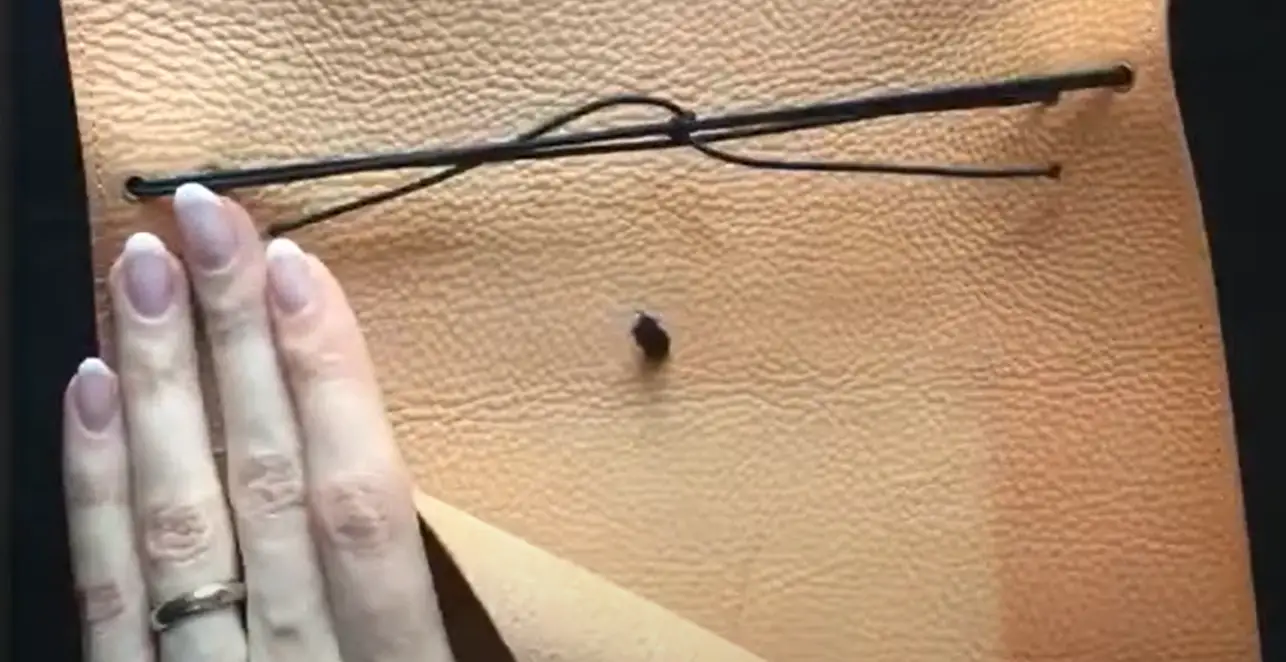
How to Slow or Prevent Leather Patina
However not everyone wants their leather goods to develop a patina. If you prefer the look of new leather or if you want to keep your leather goods in pristine condition, there are a few things you can do to prevent or slow down patina formation.
Use your leather items less
The first thing you can do is simply to use your leather goods less often. If you can rotate between a few different bags or wallets, this will help to prevent any one item from developing too much patina too quickly. This will obviously not be practical for most people but if you’re not planning on using your leather product for a long period of time, it’s best to store it in a cool, dry place.
Clean your leather regularly
Another way to prevent patina is to clean your leather regularly. This will remove any dirt or oils that may speed up the patina process. You can use a damp cloth to wipe down your leather goods and then follow up with a dry, soft cloth to remove any moisture. If you need to, you can also use a mild leather cleaner or saddle soap on tougher stains. Just be sure to test it on a small area first and avoid using anything too harsh as this could damage the leather.
Clean your hands often
Your hands are one of the main sources of dirt and oil transfer so it’s important to keep them clean when handling your leather goods. This is especially true if you have dry or sensitive skin as the oils from your skin can speed up patina formation. Regularly washing your hands with soap and water will help to remove any unwanted oils and dirt.
Condition your leather
Another way to prevent patina development is by regularly cleaning and conditioning your leather goods. This will help to keep the leather hydrated and prevent it from drying out and cracking. You can find a variety of leather conditioners on the market, or you can make your own. Just be sure to avoid using anything too oily as this could actually speed up patina formation. Apply the conditioner according to the instructions on the bottle and be sure to buff it off afterwards so that it doesn’t leave a greasy residue.
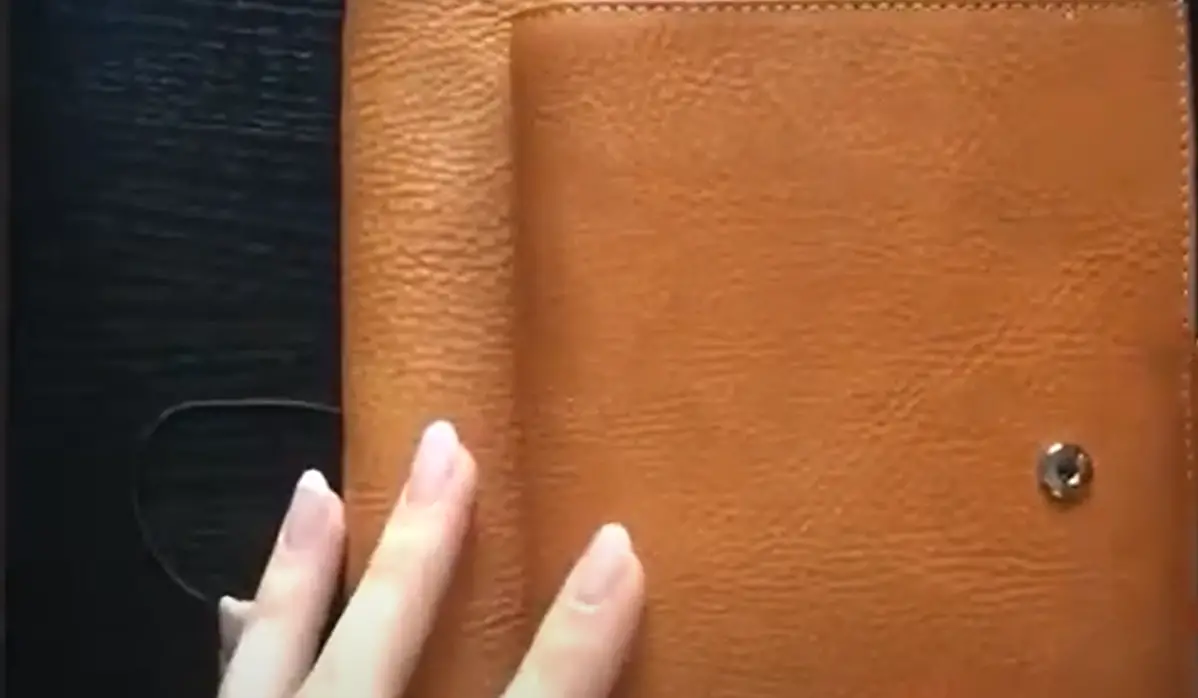
Store your leather properly
When you’re not using your leather goods, it’s important to store them properly. Leather should be stored in a cool, dry place away from direct sunlight or heat sources. You can also store your leather goods in a breathable bag or box to help prevent moisture damage.
Leather is a natural material and it will age over time – there’s no way to prevent that. But if you follow these tips, you can slow down the process and enjoy your beautiful leather goods for many years to come. [4]
Comparison of Indicators for Patina Leather
Patina leather is a type of leather that develops a unique and desirable aged look over time. This distinct characteristic is achieved through a combination of wear, exposure to sunlight, and natural oils. The patina effect enhances the beauty and richness of leather products, making them highly sought after. This table presents a comparison of various indicators related to patina leather, including durability, maintenance, and aging process.
The table below provides an overview of the key indicators for patina leather. The indicators include durability, maintenance requirements, and the aging process.
| Indicator | Durability | Maintenance | Aging Process |
|---|---|---|---|
| Patina Leather | High | Moderate | Improves with Age |
| Standard Leather | High | Regular | Maintains Original Appearance |
| Artificial Leather | Low | Low | No Aging Effect |
The table compares patina leather with standard leather and artificial leather. Patina leather demonstrates high durability, similar to standard leather, making it suitable for long-term use. In terms of maintenance, patina leather requires moderate care, including occasional cleaning and conditioning to maintain its appearance and prolong its lifespan. However, it should be noted that patina leather’s aging process is unique and improves its aesthetic qualities over time, developing a distinctive and desirable patina. In contrast, standard leather maintains its original appearance, while artificial leather lacks any aging effect.
Overall, the table highlights the exceptional durability and aging process of patina leather, making it a popular choice for leather enthusiasts and individuals seeking a unique and visually appealing leather product.
FAQ
What type of leather is patina?
Patina leather is a type of full-grain or top-grain leather. Full-grain leather is the highest quality of leather and has the natural grain pattern intact. Full-grain leather develops a beautiful patina over time as it ages. The patina is a result of the natural oils in your skin interacting with the leather. This interaction darkens and deepens the color of the leather, giving it a rich, vintage look.
How do you patina new leather?
Patina is the natural aging process of leather. It’s what gives an old pair of boots that vintage look. To speed up the process, there are a few things you can do. First, expose the leather to sunlight. This will help to dry out the leather and create cracks. Second, try using your leather items more often. The more you wear them, the faster they’ll develop that sought-after patina.
What does patina look like on leather?
Patina develops as a result of the natural aging process and is characterized by a darkening and reddening of the leather. The unique coloration adds depth and character to the piece, making it look more luxurious and expensive. Each piece of patina leather is unique, and the colors can range from light to dark.
How can I maintain the patina on my leather products?
Maintaining the patina on leather products involves regular cleaning and conditioning. To keep the patina looking its best, use a mild leather cleaner to remove dirt and stains. After cleaning, apply a leather conditioner to restore moisture and prevent the leather from drying out. Avoid using harsh chemicals or excessive water, as they can damage the patina.
Can patina leather be repaired if it gets damaged?
Yes, patina leather can be repaired if it gets damaged. Minor scratches or scuffs can often be buffed out using a soft cloth or a leather conditioner. For more serious damage, such as deep cuts or tears, it’s best to consult a professional leather repair specialist. They have the skills and tools to assess the damage and provide appropriate repairs while preserving the patina.
Does patina leather change color over time?
Yes, patina leather can change color over time. The natural aging process and exposure to sunlight and oils from the skin can cause the leather to darken and develop a richer hue. This color transformation is often seen as a desirable characteristic of patina leather, as it adds depth and uniqueness to the leather product.
Is it possible to speed up the patina development on leather?
While patina leather develops naturally over time with use and exposure, there are methods to speed up the patina development process. One common technique is called “hot-stuffing,” where a combination of heat, pressure, and leather conditioning agents is applied to the leather to accelerate the aging process. However, it’s important to note that artificially speeding up the patina may affect the overall quality and longevity of the leather.
Can I remove patina from leather if I don’t like the look?
Removing patina from leather is a challenging task, as the patina is a result of the natural aging and wear of the leather. It’s not easy to reverse or remove the patina completely without potentially damaging the leather surface. If you don’t like the look of the patina, it may be best to consider replacing or repurposing the leather item.
Does all leather develop a patina?
No, not all types of leather develop a patina. Patina is more commonly seen on full-grain leather, which retains the natural grain and character of the hide. Other types of leather, such as top-grain or corrected-grain leather, may develop a patina to a lesser extent or not at all. The patina development depends on the quality of the leather and how it’s used and cared for over time.
What factors contribute to the formation of a unique patina on leather?
Several factors contribute to the formation of a unique patina on leather. These include:
- Exposure to sunlight: Sunlight can cause the leather to darken and develop a rich patina over time.
- Oils from the skin: Natural oils from the skin, such as sweat or hand oils, can interact with the leather, creating unique patterns and color variations.
- Usage and handling: Regular use and handling of leather products can create wear marks and creases that contribute to the patina’s development.
- Aging process: As leather ages, it undergoes natural chemical changes that result in the development of a distinct patina.
Can I enhance the patina on my leather items?
Yes, you can enhance the patina on your leather items through proper care and maintenance. Regularly conditioning the leather with high-quality leather products helps keep it moisturized and supple, allowing the patina to develop more beautifully. Additionally, using the leather item frequently and exposing it to sunlight can accelerate the patina development process.
Does patina affect the durability of leather?
Generally, the development of patina does not significantly affect the durability of leather. In fact, it can often enhance the durability and strength of the leather. As the leather ages and develops a patina, it becomes more flexible and resistant to cracking. However, it’s important to note that proper care and maintenance are still crucial for maintaining the leather’s overall durability and longevity.
Can I apply any products to protect the patina on my leather?
Applying products specifically designed for leather protection can help maintain and protect the patina. Leather protectants or conditioners with UV inhibitors can help prevent excessive fading or discoloration due to sunlight exposure. However, it’s important to choose products that are compatible with the type of leather you have and follow the manufacturer’s instructions for application.
Are there any special cleaning techniques for patina leather?
Cleaning patina leather requires gentle and cautious techniques to avoid damaging the patina. It’s recommended to use a soft, lint-free cloth or a mild leather cleaner specifically formulated for patina leather. Avoid using abrasive materials or harsh chemicals that can strip away the natural oils and color of the patina. Always test any cleaning product on a small, inconspicuous area before applying it to the entire leather surface.
Useful Video: *What Is Leather Patina?*
Conclusion
Patina leather is one of the most prized leathers out there. Not only is it made of the highest-quality materials, but it also changes over time, making it unique to each individual. High-grain and top grain leather will develop a patina with time and wear, but it’s a much more gradual process. Some people prefer such a rustic look, while others prefer the more polished look of patina-free leather.
The bottom line is that patina leather is a luxurious material that will only get better with age. With proper care, your patina leather item will last you for many years to come. Thanks for reading! We hope this guide was helpful. If you have any questions, feel free to leave a comment below or contact us directly.
References
- https://www.maxwellscottbags.com/journal/leather-patina/
- https://vonbaer.com/blogs/blog/leather-patina
- https://jacksonwayne.com/pages/what-is-a-leather-patina
- https://favoredleather.com/how-to-prevent-leather-patina/

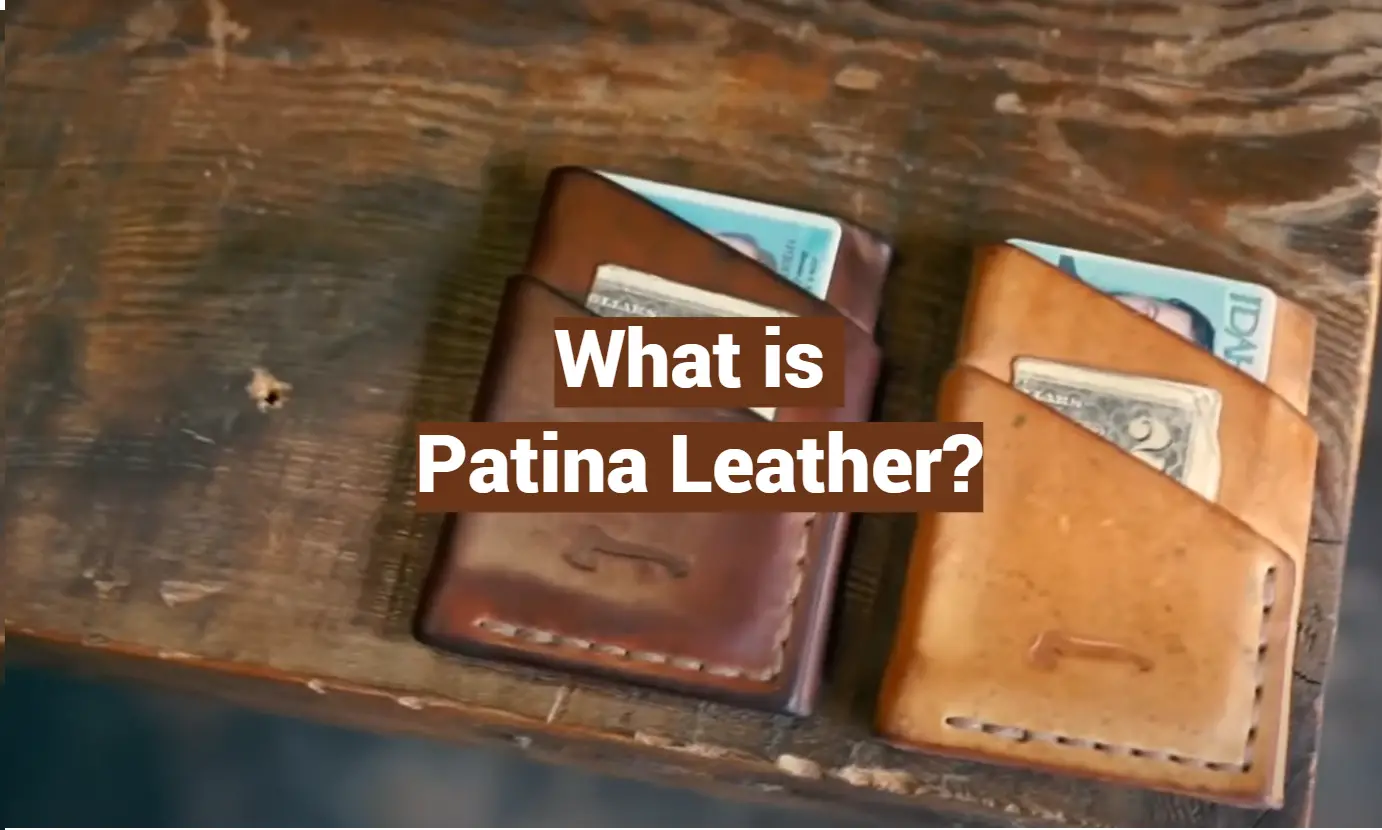
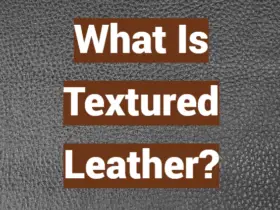
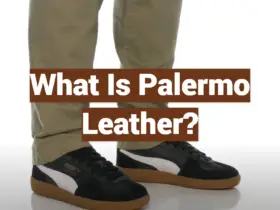

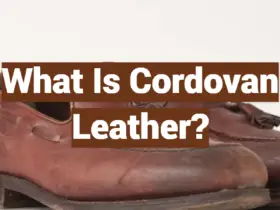

Leave a Reply